Home>Gardening & Outdoor>Landscaping Ideas>When Does Grass Become Dormant
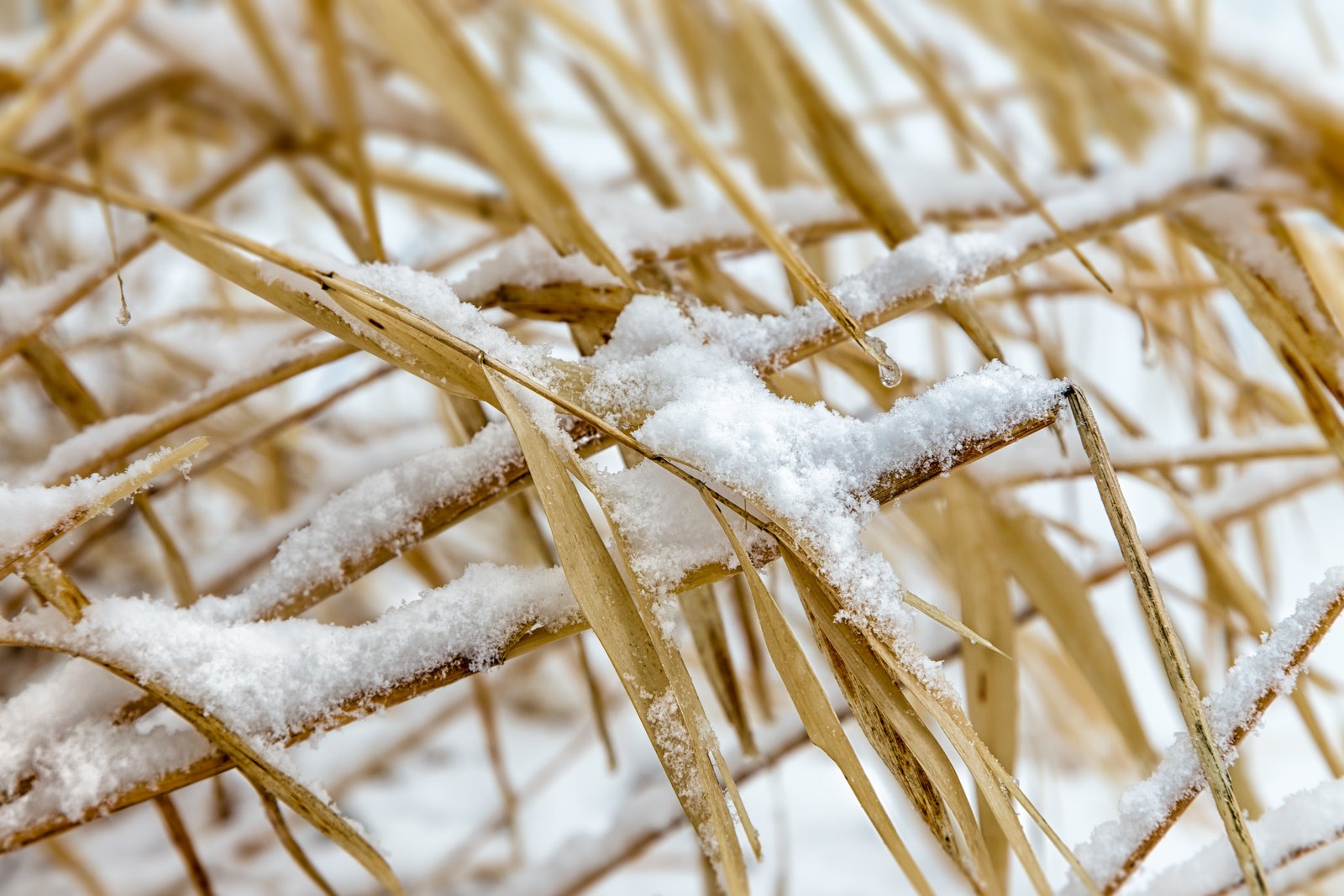

Landscaping Ideas
When Does Grass Become Dormant
Modified: March 28, 2024
Learn about the dormancy of grass and its impact on landscaping ideas. Find out when grass becomes dormant and how to manage it effectively.
(Many of the links in this article redirect to a specific reviewed product. Your purchase of these products through affiliate links helps to generate commission for Storables.com, at no extra cost. Learn more)
Introduction
When the vibrant green of your lawn starts to fade and the lushness gives way to a dull, straw-like appearance, you may wonder if your grass is dying. However, this transformation may not be a cause for immediate concern, as it could simply be entering a period of dormancy. Understanding the concept of grass dormancy is crucial for any lawn enthusiast, as it can help differentiate between a healthy lawn and one that requires attention.
Grass dormancy is a natural survival mechanism that occurs in response to adverse environmental conditions. During this phase, the grass conserves energy and reduces its metabolic activities to withstand stressors such as extreme temperatures, drought, or nutrient deficiencies. This adaptive response allows the grass to endure unfavorable circumstances and resume growth when conditions improve.
In this comprehensive guide, we will delve into the intricacies of grass dormancy, exploring the factors that influence it, the signs that indicate a lawn is dormant, and effective strategies for reviving dormant grass. By gaining a deeper understanding of grass dormancy, you will be better equipped to care for your lawn and promote its long-term health and vitality. So, let's embark on this enlightening journey to uncover the mysteries of grass dormancy and learn how to nurture our lawns through every season.
Key Takeaways:
- Grass dormancy is a natural survival mode for lawns during tough conditions like extreme heat or drought. It’s like the grass taking a nap to save energy and bounce back when things get better.
- Signs of grass dormancy include a change in color, reduced growth, dry texture, thinning, and retracted leaf blades. Understanding these signs helps lawn caretakers avoid unnecessary interventions and support the grass through its natural cycles.
Read more: When Is Grass Dormant
Understanding Dormancy in Grass
Grass dormancy is a natural and temporary state of reduced growth and metabolic activity that occurs in response to unfavorable environmental conditions. When faced with extreme heat, prolonged drought, or nutrient deficiencies, grass undergoes dormancy as a survival strategy to conserve energy and endure the challenging circumstances. During dormancy, the grass slows down its physiological processes, including photosynthesis and cell division, to minimize water loss and maintain essential functions.
This adaptive response enables the grass to withstand environmental stressors that would otherwise threaten its survival. By entering a dormant state, the grass can redirect its resources to essential functions, such as root maintenance and hydration, while temporarily halting aboveground growth. While dormancy may give the lawn a lackluster appearance, it is a protective mechanism that allows the grass to bounce back when conditions become more favorable.
It’s important to note that grass dormancy is a temporary phase and should not be confused with permanent damage or death. Unlike a dying lawn, which exhibits irreversible decline, a dormant lawn retains its potential for recovery. Understanding the distinction between dormancy and decline is crucial for implementing appropriate lawn care practices and avoiding unnecessary interventions during periods of dormancy.
Grass species vary in their dormancy responses, with some exhibiting greater tolerance to environmental stressors than others. Warm-season grasses such as Bermuda grass and Zoysia grass have evolved to thrive in hot climates and can enter dormancy as a survival mechanism during extended periods of heat and drought. In contrast, cool-season grasses like Kentucky bluegrass and fescue may go dormant during the summer if water availability is limited, but they are more resilient in cooler temperatures.
By recognizing the underlying mechanisms and purpose of grass dormancy, lawn enthusiasts can gain a deeper appreciation for the resilience of turfgrass and implement informed strategies to support their lawns through challenging environmental conditions.
Factors Affecting Grass Dormancy
Several key factors influence the onset and duration of dormancy in grass, shaping the lawn’s response to environmental stressors. Understanding these factors is essential for anticipating and managing grass dormancy effectively. Let’s explore the primary determinants that contribute to the dormancy of turfgrass:
- Temperature: Extremes in temperature play a significant role in triggering grass dormancy. High temperatures, especially in conjunction with limited water availability, can prompt warm-season grasses to enter dormancy as a protective measure. Conversely, cool-season grasses may exhibit dormancy during periods of intense heat to conserve energy and moisture.
- Water Availability: Adequate water supply is crucial for sustaining active grass growth. When water becomes scarce due to drought conditions or insufficient irrigation, grass may enter dormancy to cope with the water stress. Insufficient moisture levels can signal to the grass that it’s time to conserve resources and reduce metabolic activity.
- Nutrient Levels: The availability of essential nutrients, particularly nitrogen, phosphorus, and potassium, directly impacts the vigor and resilience of grass. Inadequate nutrient levels can predispose grass to dormancy, as the plant prioritizes vital functions over aboveground growth. Balanced fertilization can help mitigate nutrient-related dormancy triggers.
- Day Length: Day length and photoperiod influence the growth patterns of grass species. Shortened daylight hours, characteristic of the fall and winter seasons, can signal to cool-season grasses that it’s time to enter dormancy. Conversely, longer daylight hours in the spring and summer promote active growth.
- Soil Conditions: Soil quality and composition impact the availability of water, oxygen, and nutrients to the grass roots. Compacted or poorly aerated soil can impede root development and water absorption, potentially triggering grass dormancy in response to stress from unfavorable soil conditions.
By considering these influential factors, lawn caretakers can proactively address potential dormancy triggers and implement targeted measures to support the resilience and vitality of their grass. Recognizing the interplay of temperature, water availability, nutrients, day length, and soil conditions empowers individuals to make informed decisions in managing grass dormancy and promoting optimal lawn health.
Grass becomes dormant when temperatures drop below 50°F and there is less sunlight. To keep your grass healthy, avoid walking on it and reduce mowing during dormancy.
Signs of Grass Dormancy
Recognizing the signs of grass dormancy is essential for distinguishing between a temporarily dormant lawn and one that requires intervention. By understanding the visual and physiological indicators of dormancy, lawn enthusiasts can make informed decisions regarding lawn care practices and avoid unnecessary treatments during this natural phase. Here are the key signs that indicate grass is in a dormant state:
- Change in Color: One of the most noticeable signs of grass dormancy is a shift in color from vibrant green to a pale, straw-like hue. The loss of intense green pigmentation is a visual cue that the grass has entered a period of reduced metabolic activity and growth.
- Reduced Growth: Dormant grass exhibits minimal to no aboveground growth, with a noticeable slowdown in the production of new leaves and shoots. The lawn may appear static, with little change in height or density over an extended period.
- Dry and Brittle Texture: Dormant grass blades often become dry, brittle, and less resilient to foot traffic. The lack of active growth and reduced moisture content contribute to the altered texture of the grass, making it more susceptible to breakage.
- Thinning and Patchiness: As grass enters dormancy, it may experience thinning and patchiness, with areas of the lawn exhibiting a sparser coverage of turf. This can be attributed to the grass redirecting its resources to essential functions, resulting in diminished overall density.
- Retracted Leaf Blades: In response to dormancy, grass leaf blades may retract or fold inward as a protective measure to minimize water loss and conserve moisture. This physiological adaptation helps the grass endure water stress and maintain essential cellular functions.
It’s important to note that these signs are indicative of temporary dormancy and do not necessarily signify irreversible damage to the grass. By recognizing these visual cues, lawn caretakers can avoid unnecessary interventions and allow the grass to naturally transition through its dormant phase. Understanding the nuanced signs of grass dormancy empowers individuals to adapt their lawn care practices in alignment with the lawn’s natural cycles, fostering a healthier and more resilient turf in the long run.
How to Revive Dormant Grass
Reviving dormant grass involves implementing targeted strategies to support the lawn’s recovery and stimulate active growth as environmental conditions become more favorable. By understanding the specific needs of dormant grass and adopting proactive measures, lawn enthusiasts can facilitate the revival of their turf and promote a lush, vibrant lawn. Here are effective methods for reviving dormant grass:
- Proper Irrigation: Gradually reintroducing consistent and deep watering can help revive dormant grass. Ensure that the lawn receives approximately 1 to 1.5 inches of water per week, either through rainfall or irrigation, to replenish soil moisture and encourage the resumption of growth.
- Overseeding: Overseeding dormant grass with appropriate grass seed varieties can enhance turf density and fill in sparse areas. Select high-quality grass seed that aligns with the existing turf species and distribute it evenly across the lawn to promote uniform growth.
- Fertilization: Applying a balanced fertilizer with a focus on phosphorus can provide essential nutrients to support grass recovery. Choose a fertilizer specifically formulated for dormant or transitioning lawns and follow recommended application rates to avoid overstimulating growth.
- Aeration: Aerating the soil can alleviate compaction and improve root penetration, facilitating enhanced nutrient uptake and water absorption. Core aeration promotes soil aeration and reduces stress on the grass, aiding in its revival from dormancy.
- Mowing Practices: Adjust mowing height to accommodate the revival of dormant grass, gradually reducing the cutting height as the lawn resumes active growth. Avoid aggressive mowing during the initial stages of revival to minimize stress on the recovering turf.
- Soil Amendments: Incorporating organic matter into the soil can enhance its structure and fertility, providing a conducive environment for grass revival. Compost and organic soil amendments can improve soil moisture retention and nutrient availability, supporting the recovery of dormant grass.
By implementing these targeted strategies, lawn caretakers can effectively revive dormant grass and promote its transition from a dormant state to active growth. It’s crucial to exercise patience and consistency throughout the revival process, allowing the grass to gradually recover and thrive as environmental conditions become more conducive to growth. With attentive care and strategic interventions, dormant grass can be rejuvenated, resulting in a resilient and vibrant lawn that enhances the beauty of outdoor spaces.
Conclusion
Understanding the phenomenon of grass dormancy is pivotal for nurturing a healthy and resilient lawn through varying environmental conditions. By recognizing the natural mechanisms and indicators of dormancy, lawn enthusiasts can adapt their care practices to support the grass through its dormant phase and facilitate a successful revival when conditions improve.
Grass dormancy serves as a protective strategy, allowing turf to conserve energy and resources during periods of environmental stress such as extreme temperatures, water scarcity, or nutrient deficiencies. By entering a state of reduced metabolic activity and growth, grass can withstand adverse conditions and rebound when the environment becomes more favorable.
Key factors, including temperature, water availability, nutrient levels, day length, and soil conditions, influence the onset and duration of grass dormancy, shaping the lawn’s response to external stressors. Recognizing these factors empowers individuals to anticipate dormancy triggers and implement targeted measures to support the resilience and vitality of their turf.
Signs of grass dormancy, such as a change in color, reduced growth, dry texture, thinning, and retracted leaf blades, provide valuable cues for distinguishing between dormant grass and declining turf. By understanding these indicators, lawn caretakers can avoid unnecessary interventions and allow the grass to naturally transition through its dormant phase.
Reviving dormant grass involves tailored approaches, including proper irrigation, overseeding, fertilization, aeration, mowing practices, and soil amendments, to support the lawn’s recovery and stimulate active growth. By implementing these strategies, individuals can facilitate the revival of dormant grass and promote a lush, vibrant lawn as environmental conditions become more conducive to growth.
Ultimately, a deeper understanding of grass dormancy equips individuals to care for their lawns with knowledge and foresight, fostering a resilient and visually captivating turf that enhances outdoor landscapes. By embracing the natural cycles of grass growth and dormancy, lawn enthusiasts can cultivate enduring beauty and vitality in their outdoor spaces, celebrating the adaptive resilience of turfgrass through every season.
Frequently Asked Questions about When Does Grass Become Dormant
Was this page helpful?
At Storables.com, we guarantee accurate and reliable information. Our content, validated by Expert Board Contributors, is crafted following stringent Editorial Policies. We're committed to providing you with well-researched, expert-backed insights for all your informational needs.
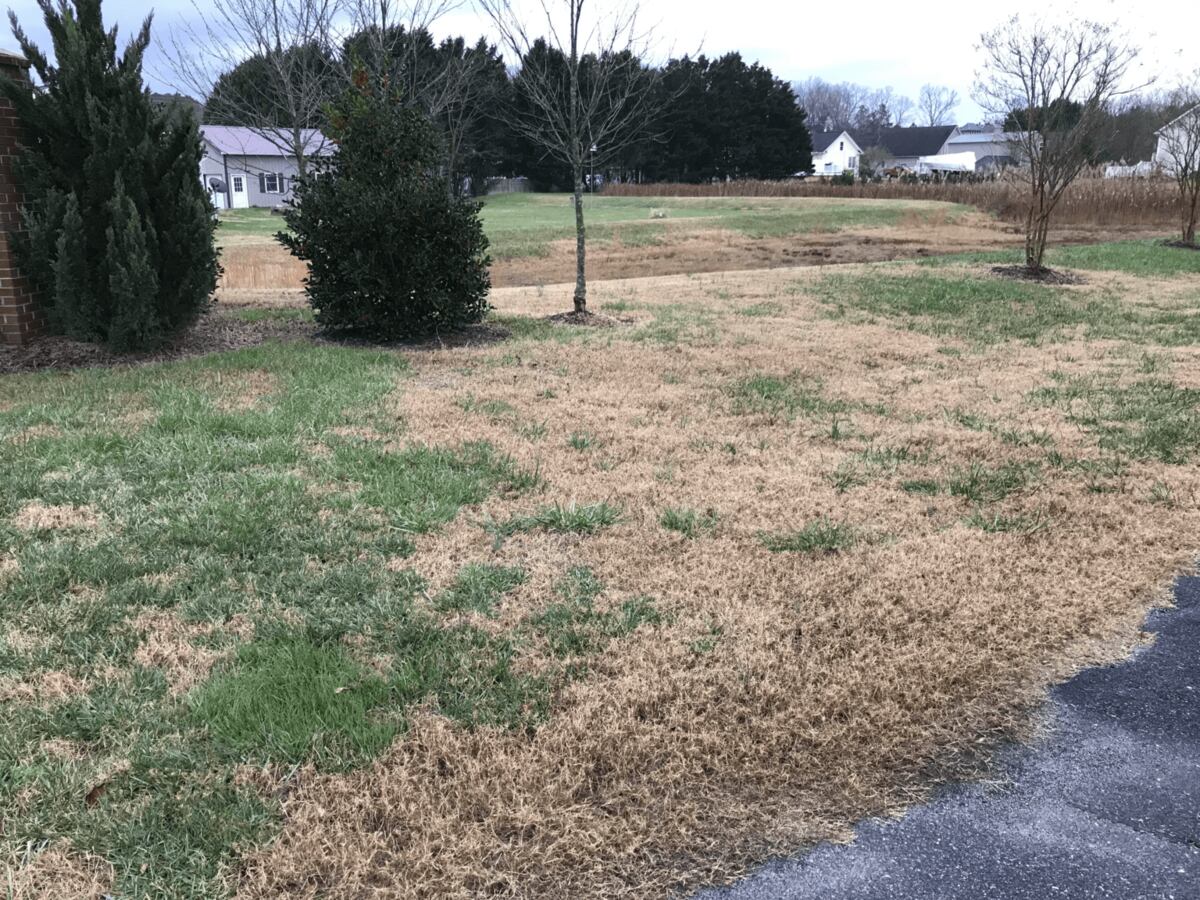
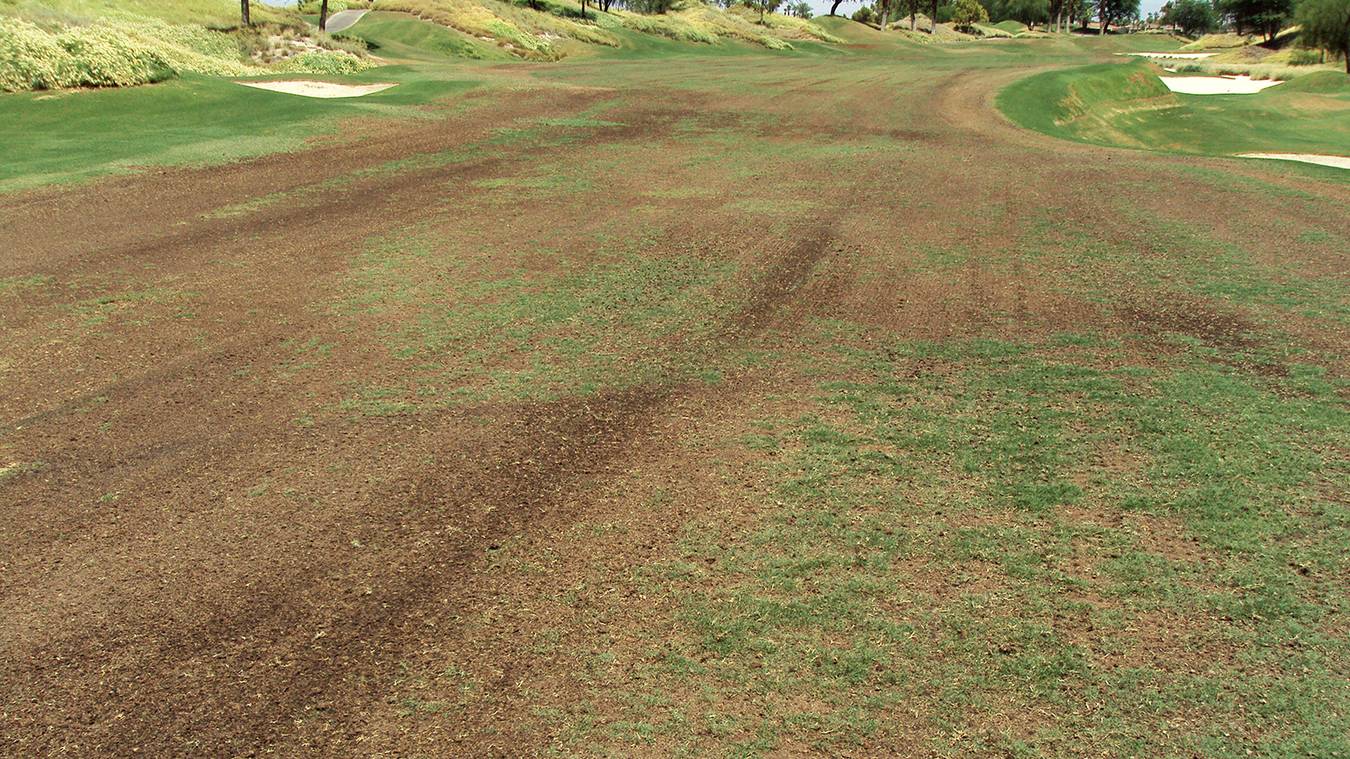
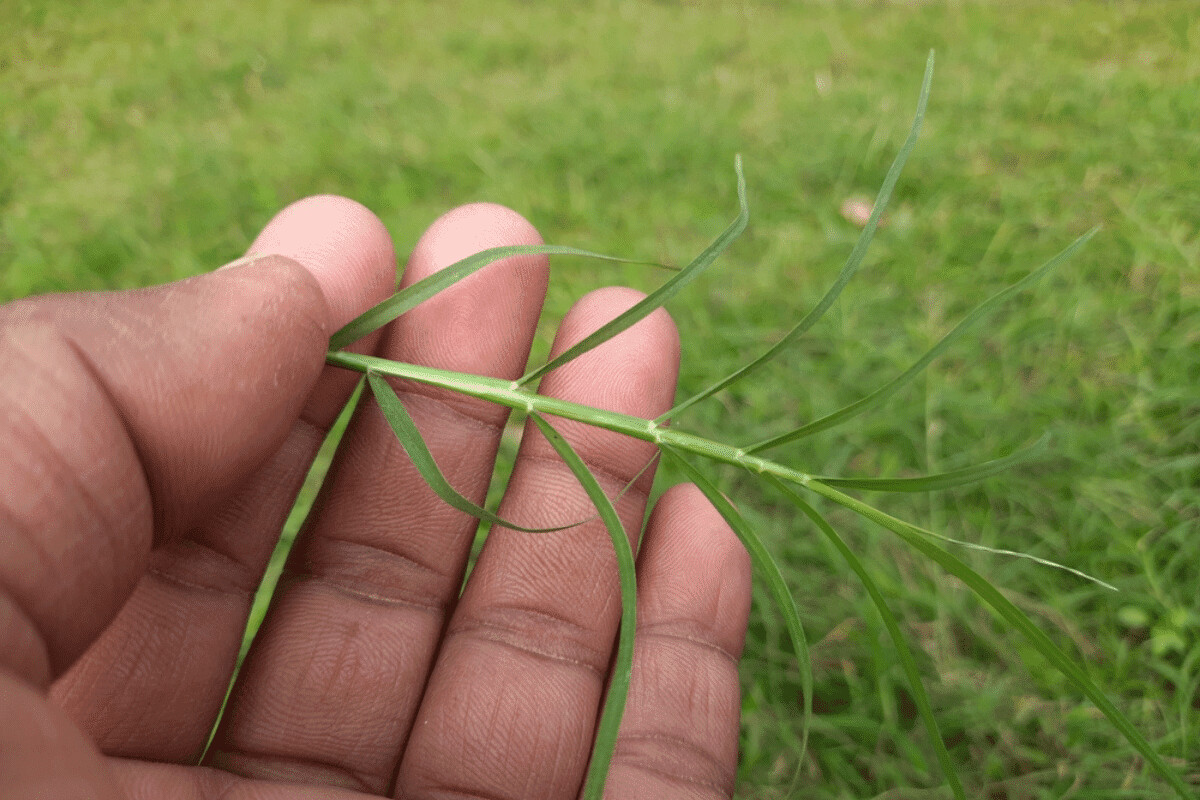
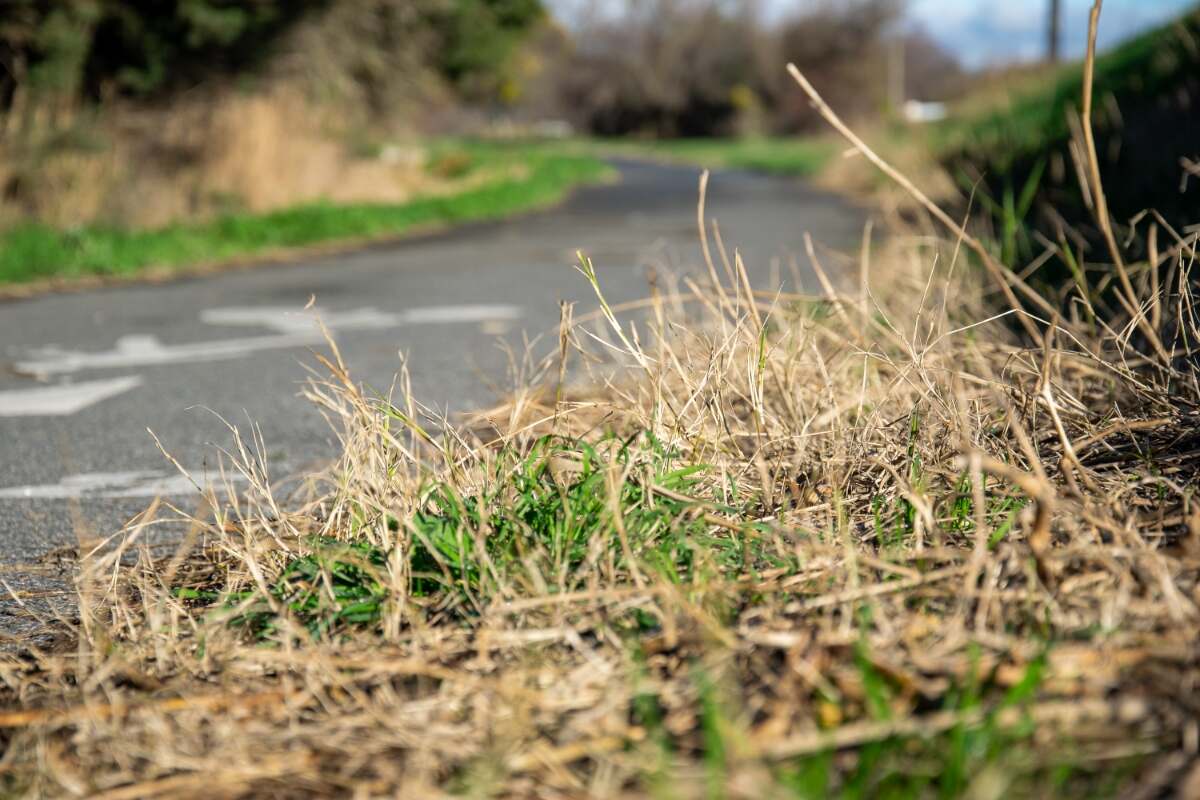

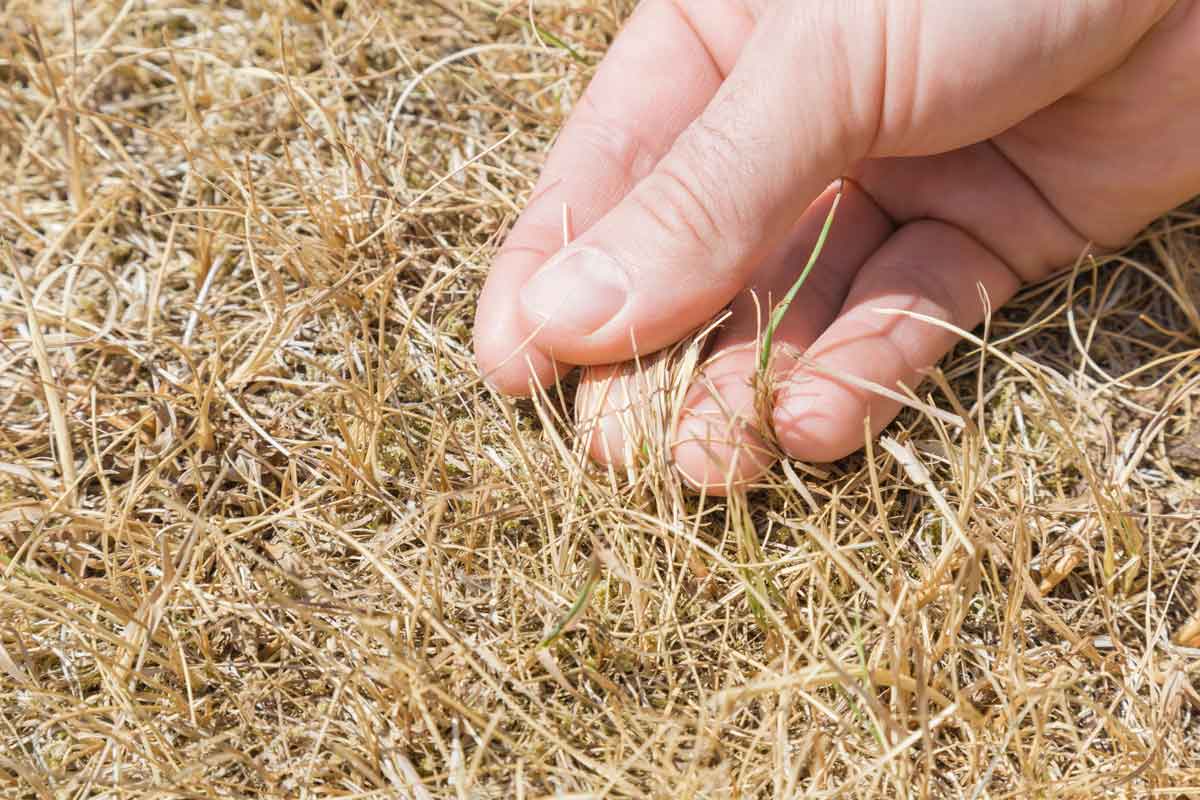
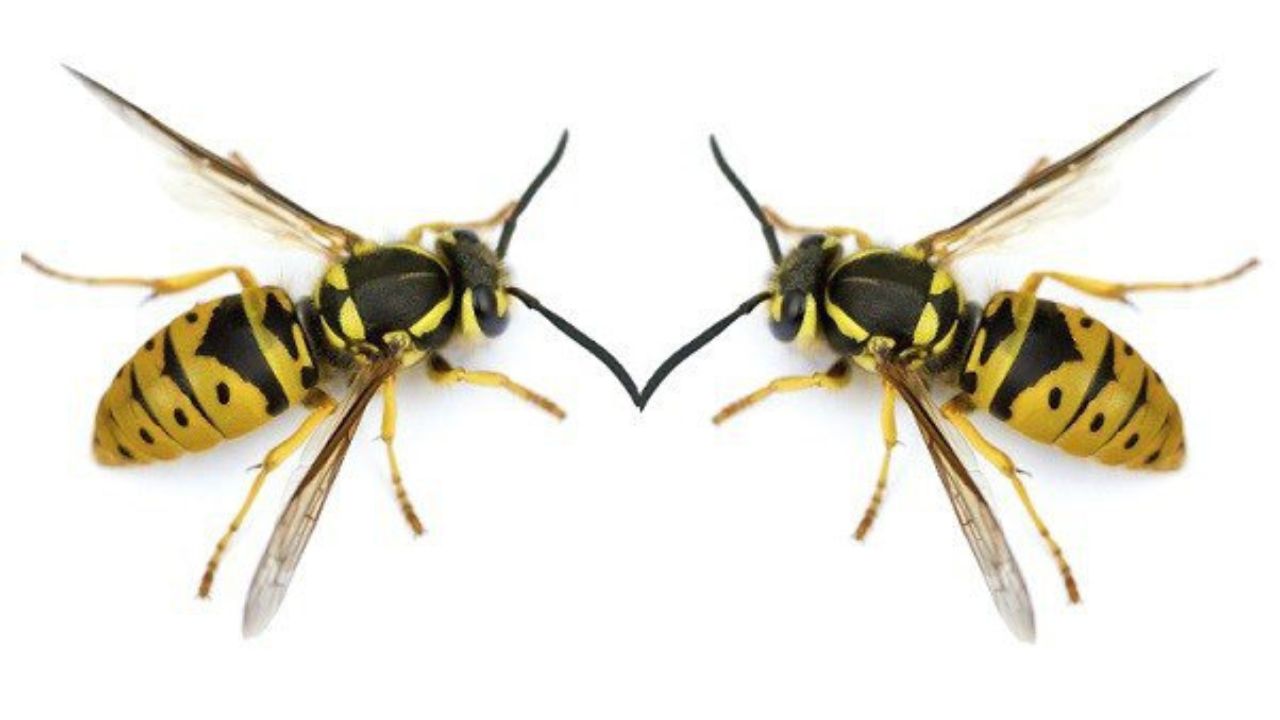
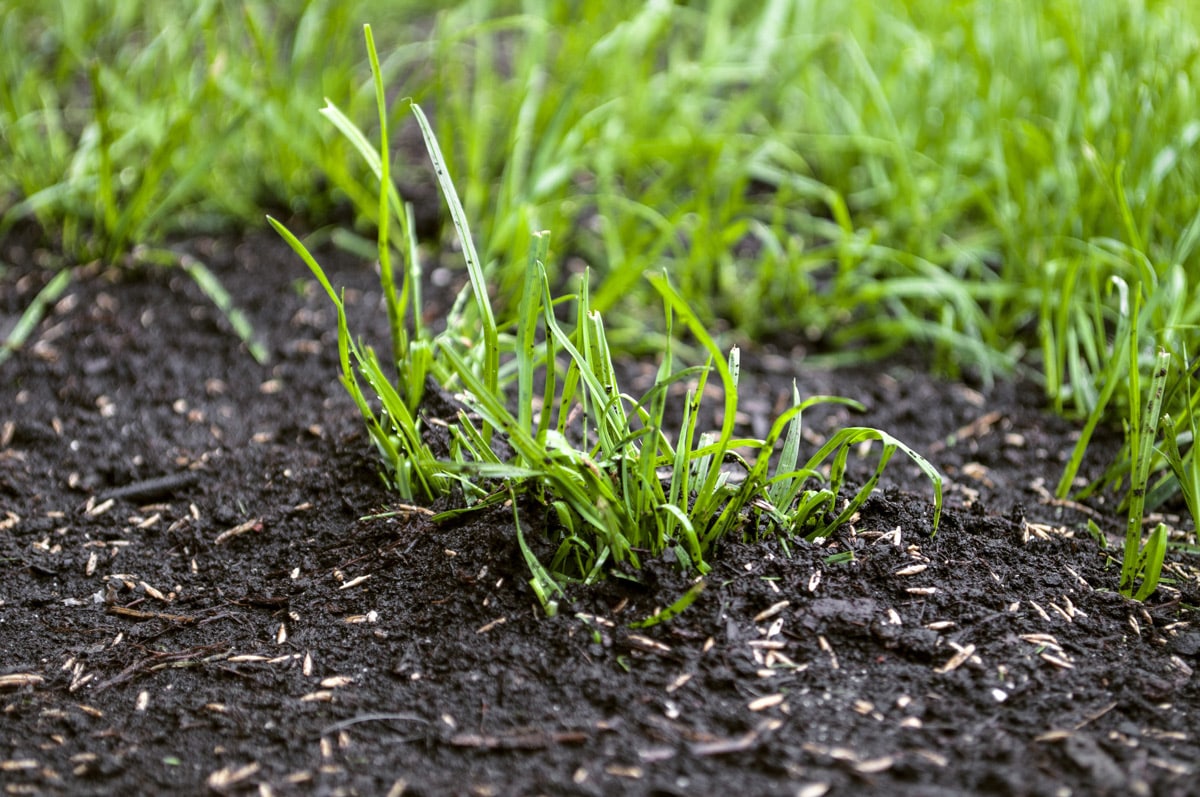
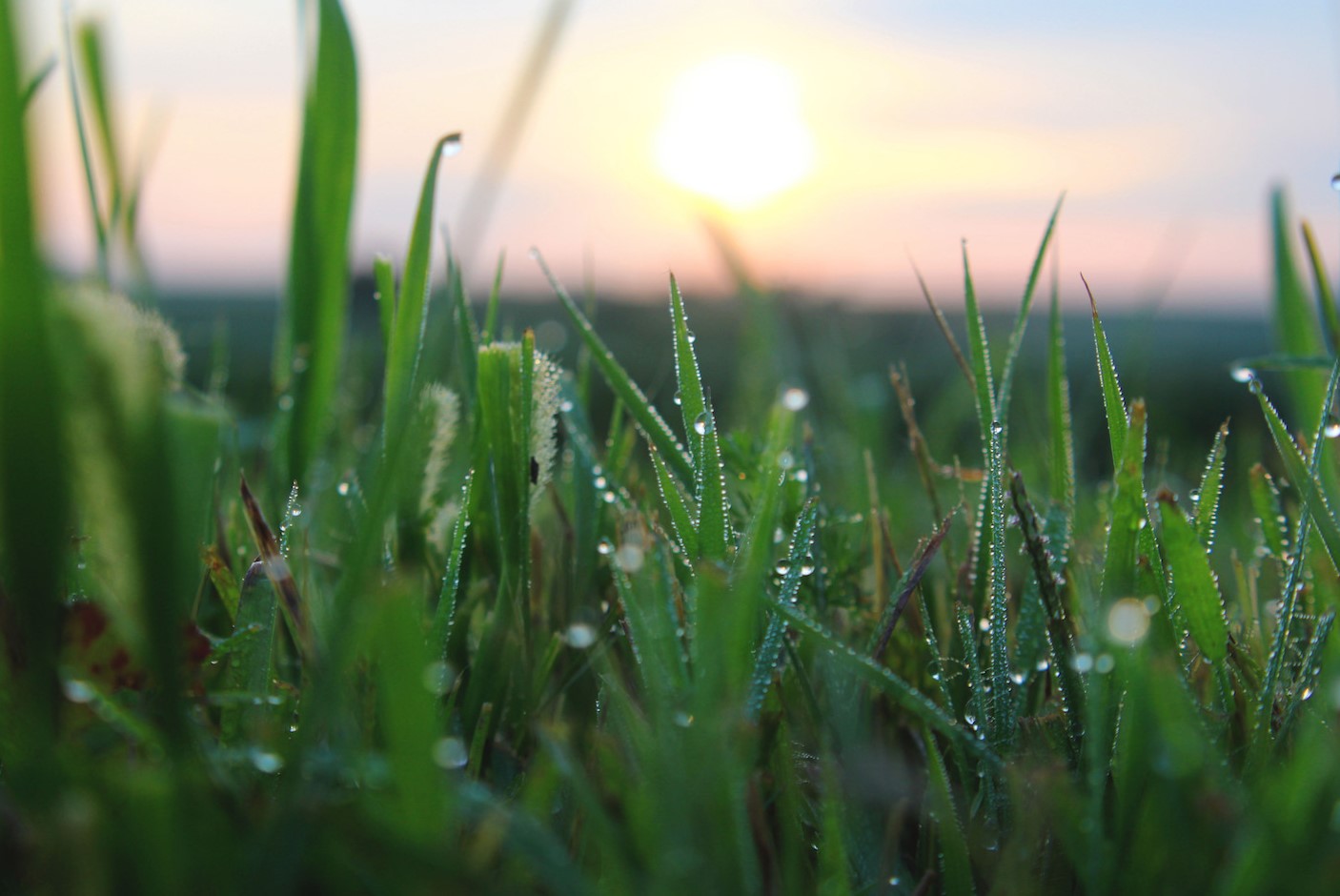
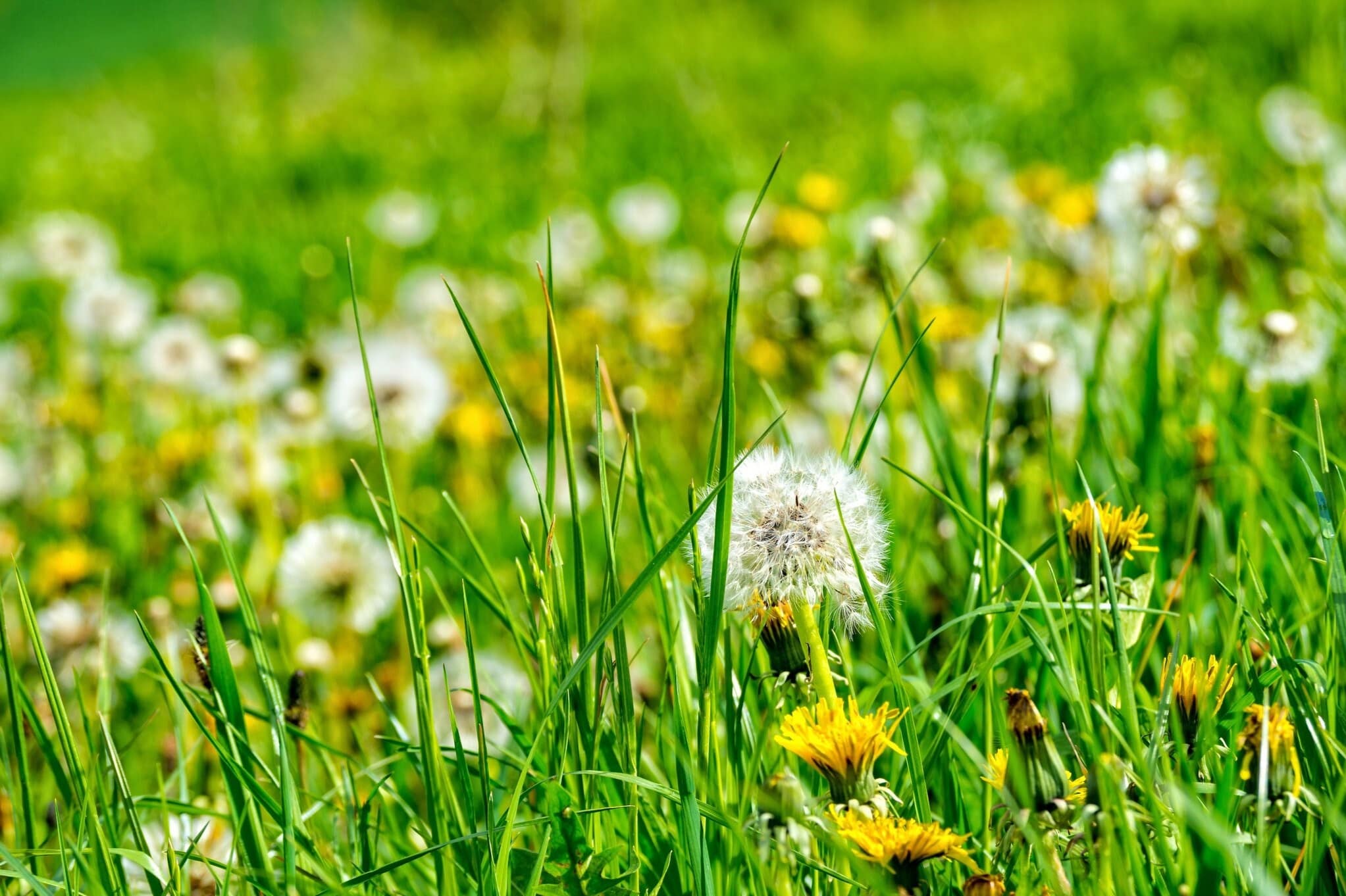
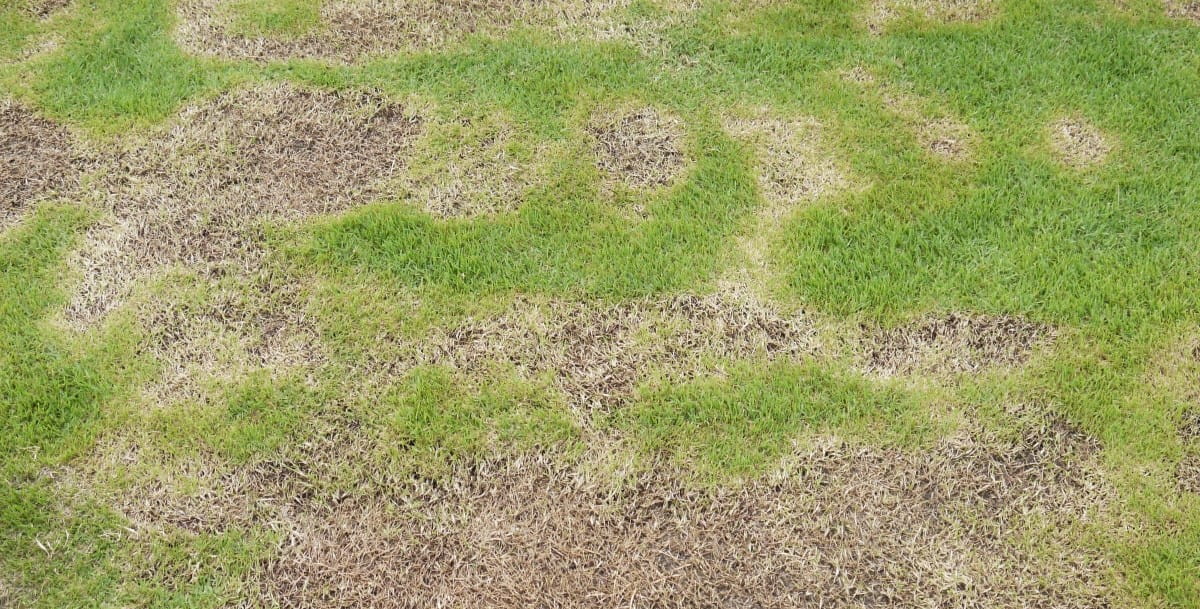
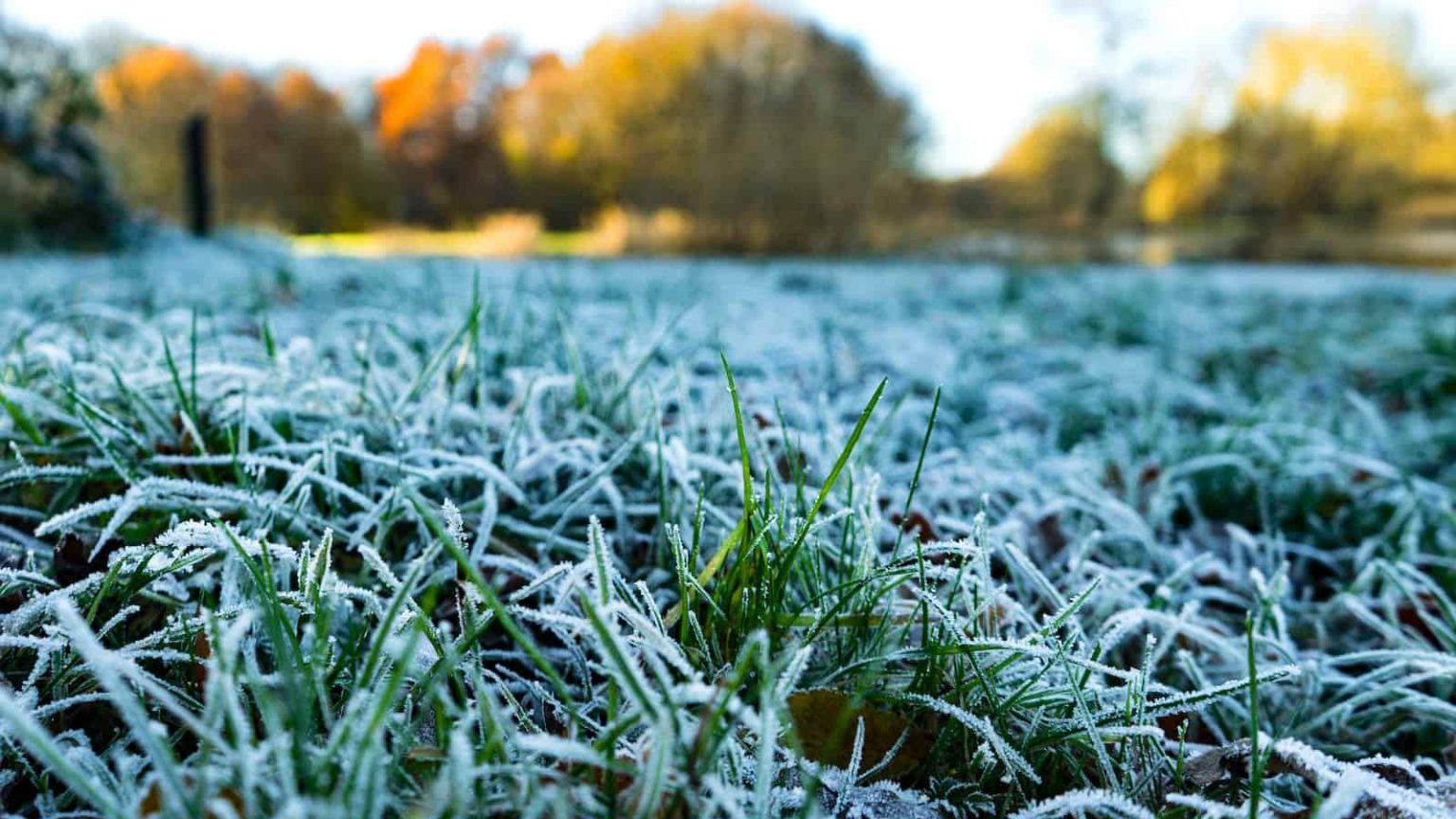
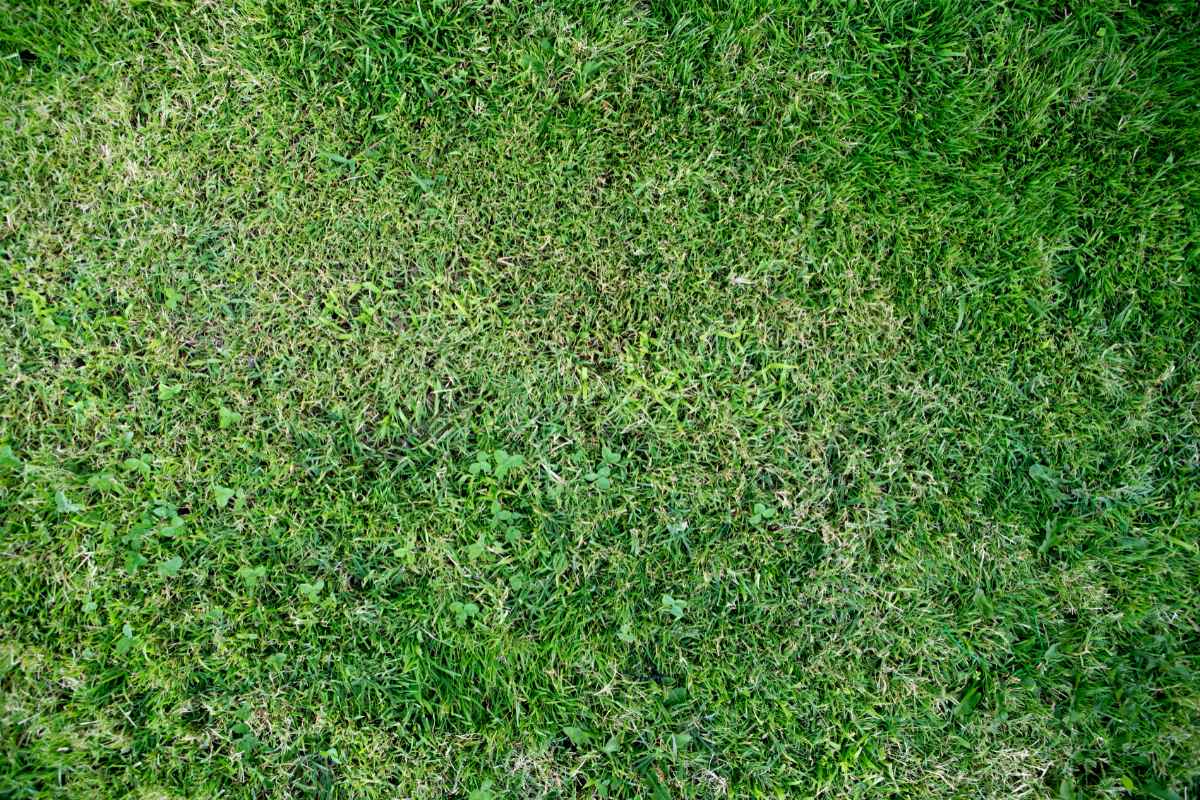
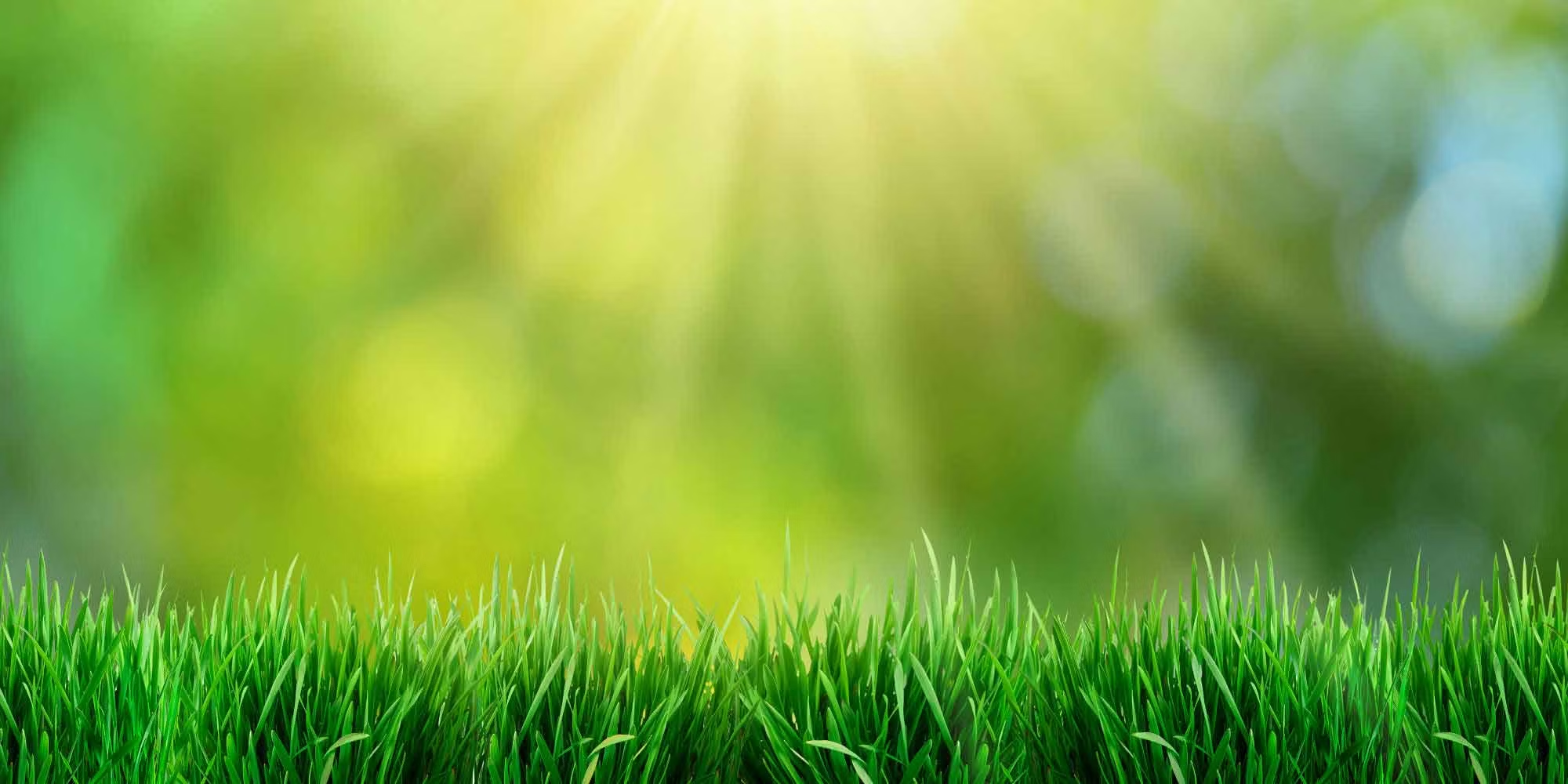

0 thoughts on “When Does Grass Become Dormant”